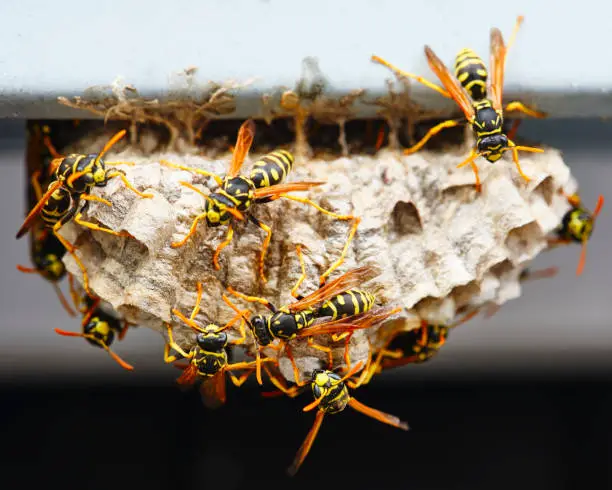introduction
Wasp attack is a common yet painful occurrence. Wasps come in a variety of shapes and sizes, with yellow jackets and hornets being the most popular. There are numerous reasons why a wasp may sting you. Most wasps, on the other hand, only sting when they or their nest are disturbed or agitated by your presence.
Wasps, unlike bees, can sting several times because their stinger is not lost with each sting. With their sting, they will also inject venom into your flesh.
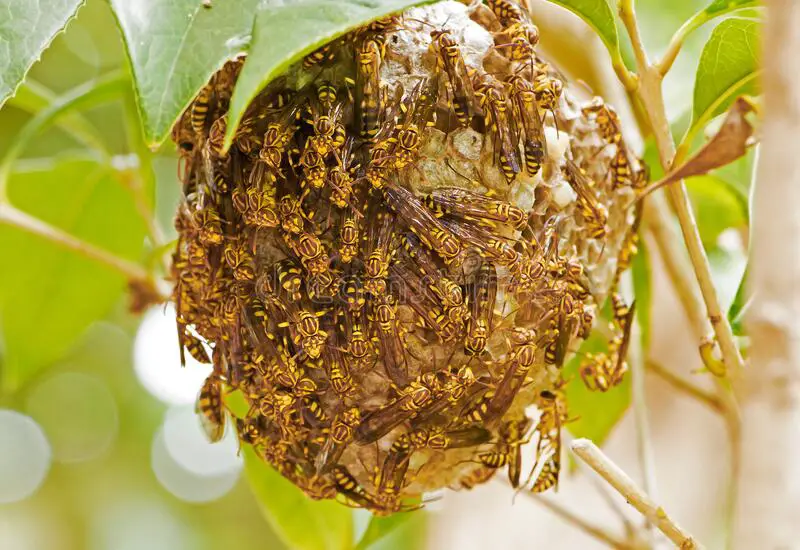
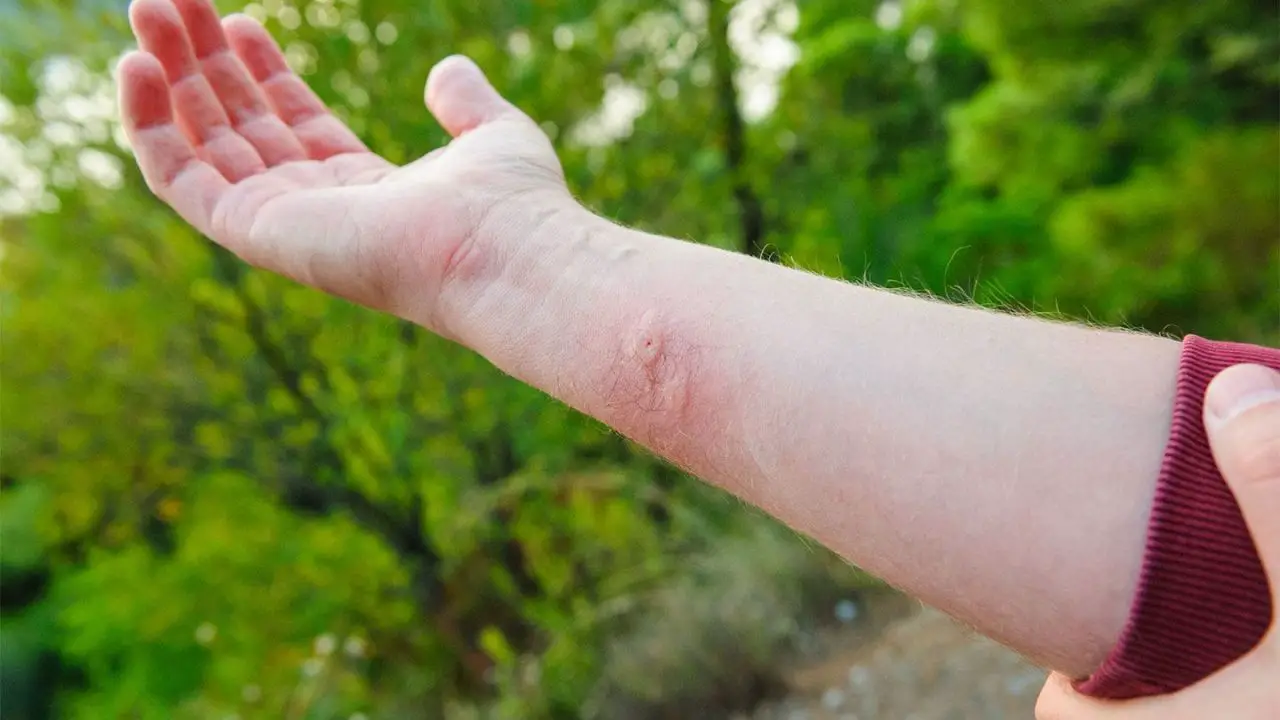
Symptoms of wasp stings
Wasp stings can be extremely painful, especially if they occur unexpectedly. However, they usually only cause minimal discomfort after the initial sting, which may be managed at home.
Pain in the sting location, swelling and redness that extends beyond the sting site, itching, heat at the sting site, and maybe hives if your body reacts to the sting are all common wasp sting symptoms.
Remedies and treatment for wasp sting
If you’ve been stung by a wasp, expect a significant reaction at the sting site. This isn’t normally a reason for worry. Only seek medical attention if you have been stung in the mouth, nose, or throat.
Fortunately, there are numerous home remedies and treatments available to help relieve the discomfort of a wasp sting. The following are some home remedies for wasp stings that will provide immediate relief:
- Wash The Area: First, use warm soap and water to cleanse the affected area. Any bacteria or poison brought by the wasp can be removed by cleaning the area. This will also aid in the removal of some of the wasp’s poison.
- Apply Cold Pack: Wrap an ice or cold pack with a thin fabric. Apply this pack to the sting location for 30 to 60 minutes, changing it off every 10 minutes. The swelling and agony from the wasp sting will decrease.
- Take Anti-inflammatory Medication: Take an anti-inflammatory such as ibuprofen to minimize swelling. This will assist to relieve wasp sting pain and minimize swelling at the stung location.
- Apply Antihistamine: Itching at the injection site and surrounding area is another symptom of wasp stings, depending on how far the sting has gone. Apply an antihistamine, corticosteroid, or calamine cream to the entire red and swollen area to soothe the itching, which can last for hours after the initial sting. This will also assist to relieve the discomfort caused by the wasp sting.
- Mix up a paste of water and baking soda: The venom that yellow jackets produce is naturally acidic. Baking soda can help naturally neutralize the venom. To help neutralize the venom, mix a teaspoon of baking soda with water and apply it to the yellow jacket sting with a cotton swab or ball.
- Use vinegar to reduce itching: Simple vinegar acts as an astringent, preventing you from scratching at the bite and spreading infection or irritation. Simply dab a cotton ball with vinegar and apply to the afflicted region.
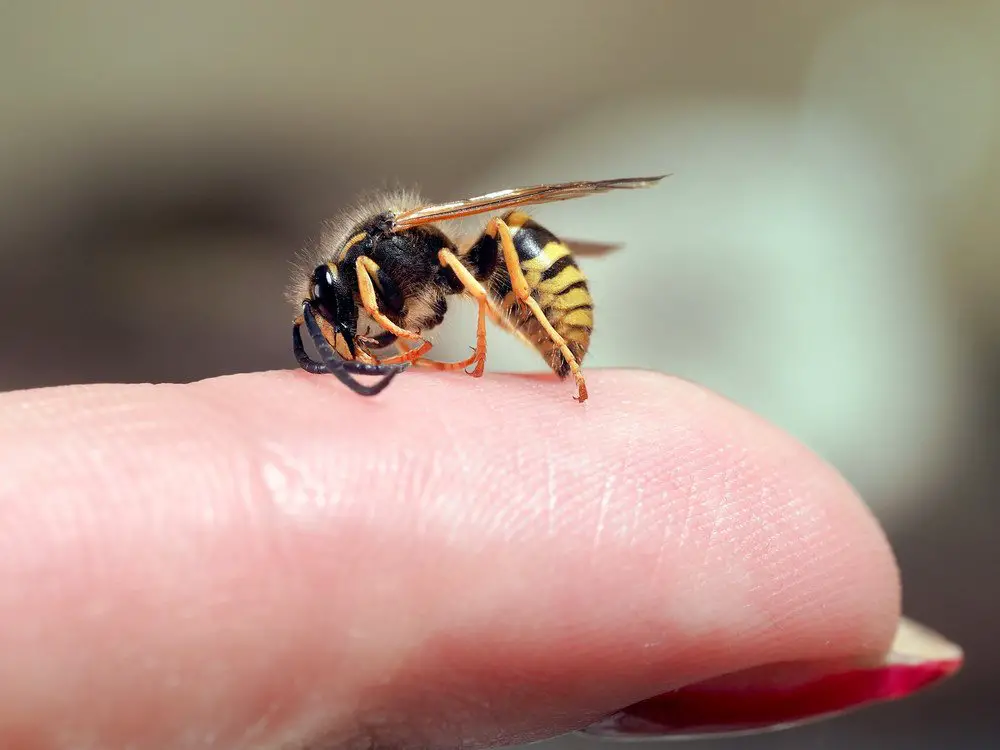
When to see a doctor
Wasp stings can be painful, but they normally only lasts a day or two when cured at home. You may have an infection if you have continual pain and swelling over a couple of days.
Wasp stings can be particularly dangerous if you have an infection or are allergic to them. You may be having a life-threatening allergic response if you start experiencing the symptoms listed below:
- Tightness in the throat or chest
- Tickling in your throat
- Uncontrolled coughing
- Wheezing in the chest
- Nausea or vomiting
- Dizziness or fainting
- Profuse sweating
- Anxiety
- Hives over large parts of your body
Consult your doctor to see if you have a wasp or bee allergy after you’ve received suitable treatment.
How to avoid wasp attack.
Bright colors, delicious smells, and other such things will draw wasps to you. These items may not necessarily enrage the insects or make them more likely to sting. But they may make you more willing to swat at them, resulting in injury.
- When you know you’ll be outside in a wasp-infested area, avoid using aromatic soaps or perfumes. Insects may mistake these floral and fruity scents for food and land on you as a result.
- Brightly colored or patterned apparel that could deceive a wasp into believing you’re a flower is also a no-no.
- While wearing shoes outside (particularly in clover and blossoming ground coverings) will not prevent you from attracting wasps or going into their habitat. But it will help you avoid a painful foot sting.
- During the autumn, when social wasps are establishing their colonies and preparing for winter hibernation, be extra cautious. This is the time of year when they are more aggressive.
- While swimming, keep an eye out for wasps that get stuck in the water.
- Keep outdoor garbage cans and compost piles closed, and don’t leave food out for long periods of time during picnics and other outdoor gatherings.
- Before the nesting season begins, make sure loose home siding is secured and openings are sealed. It’s not easy to get rid of a wasp nest.
- Finally, maintain vigilance. If you detect a large number of insects, especially wasps, stay away from that place.
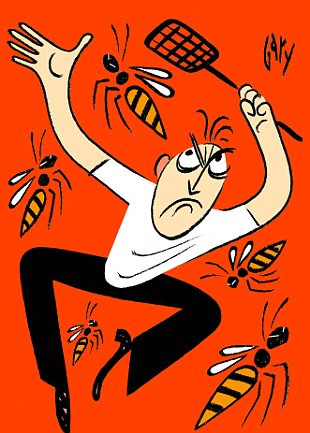
What to do during a wasp attack
Despite your best efforts, wasp encounters are sometimes inescapable due to circumstances beyond your control. If a wasp lands on you, follow these instructions:
- Keep your cool. This is the most crucial piece of advice you’ll ever receive. Wasps will sometimes settle on individuals to investigate an odor or drink sweat before leaving.
- If the anticipation becomes too much for you, gently and slowly sweep it away with a piece of paper. This is not a good idea because it may make the wasp feel intimidated.
- Never make sudden motions, such as flailing your arms, as this may startle the wasp and lead it to defend itself.
- Avoid jerking or swatting if you get stung. Slowly and gently back away from the bee and prospective swarm.


